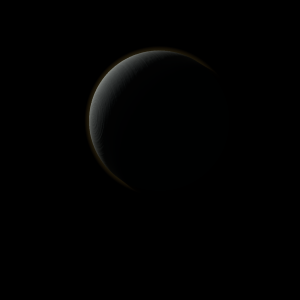|
|
Space Astro
|
Info for exoplanet "Hecu"
| Scientific (actual) data |
|---|
| Name | KMT-2021-BLG-1077L b |
| Planet status | Confirmed |
| Planet mass | 0.22 |
| Semi major axis | 1.26 |
| Discovered | 2022 |
| Updated | 2022-04-01 |
| Publication | Published in a refereed paper |
| Detection type | Microlensing |
| Mass measurement type | Microlensing |
| Star name | KMT-2021-BLG-1077L |
| Right ascension | 266.49° |
| Declination | -33.84° |
| Star distance | 8240 |
| Star mass | 0.14 |
| Wikipedia article | KMT-2021-BLG-1077L b |
Back
| |
| Fictional info (?) |
|---|
| Suggested name | Hecu |
| Planet type | Cold gas giant |
| It was the one of the first exoplanets visited by a spacecraft, and one of the first to be successfully landed on.
The outer atmosphere is visibly segregated into several bands at different latitudes, resulting in turbulence and storms along their interacting boundaries.
Surface said to have unpredictable ultra advanced insects, the "Palijiri Saxa", which spend their life while seeking another species called Bautine if the weather permits it. Most Palijiri Saxa are similar to the Liaapus Rihoe, have 9 tentacles and vary in length from 1 to 2 mm. Palijiri Saxa can live at temperatures from -20 to 40°C and to some degree stormy weather. |
| Estimated population | 300 |
| Atmosphere | Oxygen | 70% |
| Water | 28% |
| Methane | 0.7% |
| Carbon dioxide | 0.029% |
| Atmospheric pressure | 0.0012 bar |
 |
| No known satellites |
| Google search for Hecu |
|
Website by Joachim Michaelis
|
|
|
|